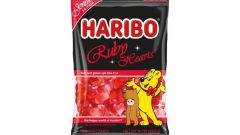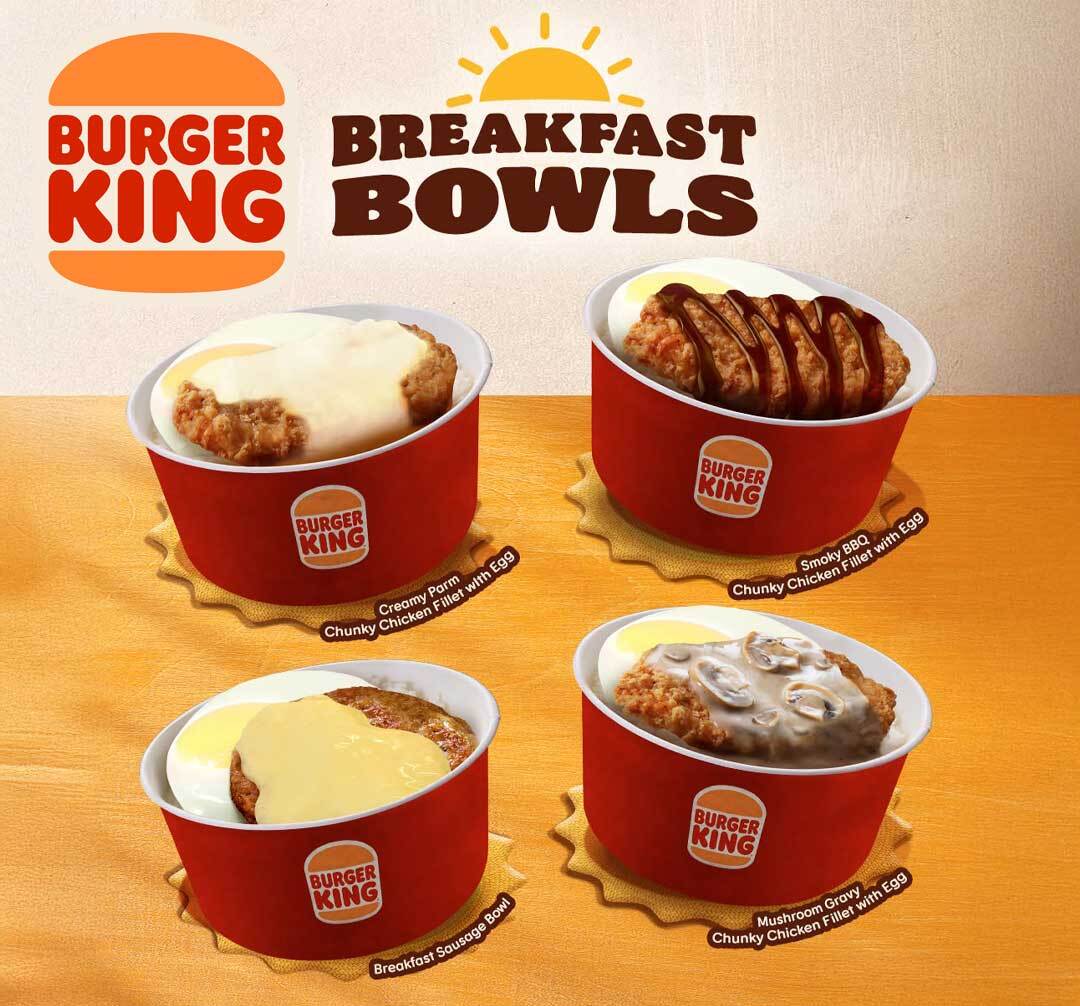How Artificial Marbling Has Been Tricking Steak Lovers For Years

In an exclusive interview with Mic, Anthony Bourdain mentioned that one of the douchiest items you can order on a menu is Kobe or Wagyu beef, largely due to the suspicion of inauthenticity it causes since it’s likely not the real thing and the restaurant is ripping people off.
A key way to classify beef is by the high degree of marbling, or fat, running through the cut of meat as a result of its diet. The price of highly marbled cuts like USDA Prime, Kobe, or Wagyu beef is expensive, but the flavor and tenderness of the beef makes it worth the cost. Surprisingly, you can often find these cuts being sold at restaurants for cheaper prices than what you would expect for a $55 per pound piece of Kobe beef or $110 per pound chunk of Wagyu.
There’s several ways restaurants can trick you into thinking their steak is legit, but one of these methods is more devious than any out there: artificial marbling.
This practice has been going on for at least 50 years, and involves injecting carcasses of beef with melted or powderized animal or vegetable fat (or a solution containing the liquid lipids) right after slaughter or in the butchering process. The fat then runs through the beef’s blood vessels, creating a falsified marbling effect. Some more current research has shown these methods can increase the quality of beef by at least two USDA marbling scores. That’s like taking a piece of USDA Select grade beef and upping it to Prime, the highest quality of beef, simply by injecting fat into the meat.
Artificial marbling occurs at the butcher level, so you will find this meat in grocery stores as well as restaurants, likely being sold at a higher price point because the added fat makes it look better to customers. While the USDA requires store-bought beef that goes through artificial marbling to be appropriately labeled, we don’t see these labels when we order steak or beef from a restaurant. So that Kobe, Wagyu, or even USDA Prime and Choice beef on the menu could actually be commercial beef that was marbled after it was slaughtered.
Sure, this beef would look and taste the same as its higher-quality counterparts, but the ethics behind it are still skewed. Restaurants can essentially get away with selling lower-quality, cheaper meat at a higher price since they can claim it’s Prime, Kobe, or Wagyu and nobody would be able to tell the difference.
You’re literally just paying for the name at many restaurants. It’s better to just buy yourself a steak and cook it, since at least then you can tell if it’s been artificially marbled or not.






















